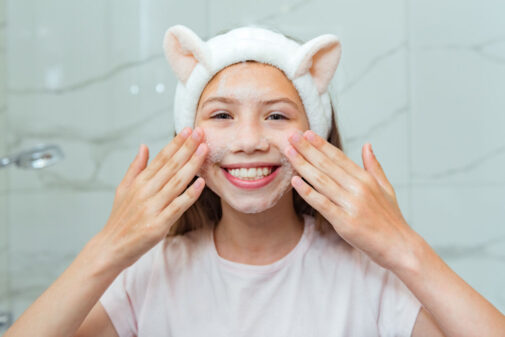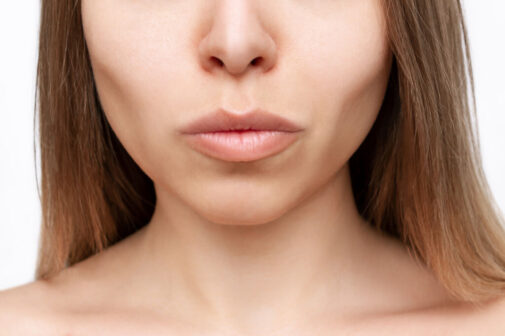When you’re out in the sun, it’s better safe than sorry

If you don’t regularly wear sunscreen, you may want to read this.
According to the American Academy of Dermatology, skin cancer is the most common cancer in the United States and one in five Americans will develop skin cancer in their lifetime.
Enter sunscreen. An SPF of 30 or higher blocks 97% or more of ultraviolet rays. Broad-spectrum sunscreens protect against both ultraviolet A (UVA) and ultraviolet B (UVB) rays. What are the differences between the two?
- UVA rays are aging rays and damage the skin in such a way that causes your skin to wrinkle and produce age spots. These rays can pass through glass, such as windows.
- UVB rays are burning rays. These rays cause sunburn and cannot pass through windows and other glass.
“Any time you are in the sun, you should be arming yourself with sunscreen and reapplying regularly if you are swimming/getting wet or sweating,” warns Dr. Renee Jahnke, an internal medicine physician at Aurora Health Center in West Bend, WI.
In addition to slathering on the sunscreen, Dr. Jahnke recommends trying to avoid sun exposure during peak times (from 10 a.m. to 2 p.m.) and to wear protective clothing, such as a hat with a brim.
If you do, however, find you have overstayed your welcome in the sun, Dr. Jahnke offers these remedies to help ease the pain:
- Take a pain reliever within the NSAID (non-steroidal anti-inflammatory drug) family. These work best when taken as soon as a sunburn occurs. Check with your physician to make sure you don’t have any medical conditions.
- Try applying cold milk to the skin. The proteins inside cold milk can help soothe inflamed skin and the lactic acid can also help to remove flaking or peeling skin caused by the burn.
- Up your intake of vitamin D. This vitamin supplement helps boost your immune system and can also speed the healing process of the burn.
- Soothe your burn with aloe vera. The aloe vera plant contains anti-inflammatory properties that can help reduce redness, swelling and pain associated with sunburn.
Related Posts
Comments
One Comment
About the Author
Carla Basiliere, health enews contributor, is a seasoned communications professional with over 15 years of experience in the health care industry. Carla has a BS degree in Mass Communications from the University of Minnesota Mankato. In her free time, Carla enjoys spending time outdoors with family and friends.

















Please join the March4Meg Foundation on March 27th for their Virtual run5Kwalk to spread awareness and prevention on skin cancer and melanoma.